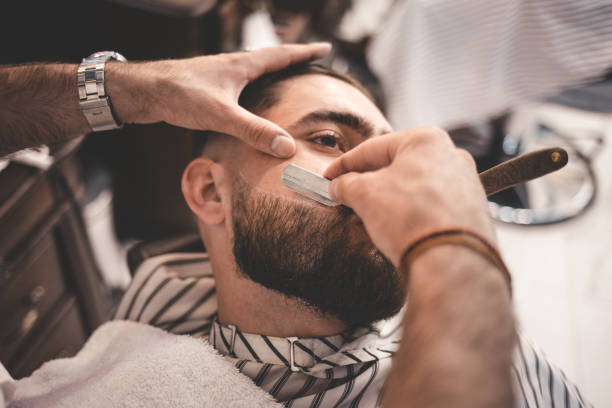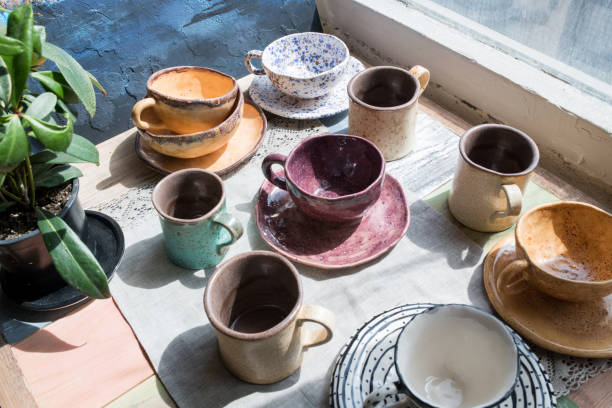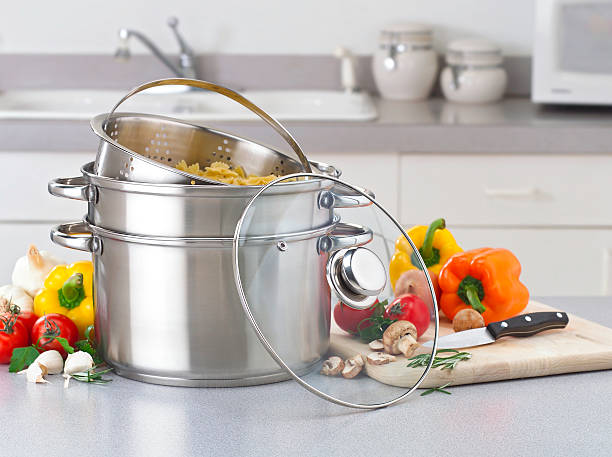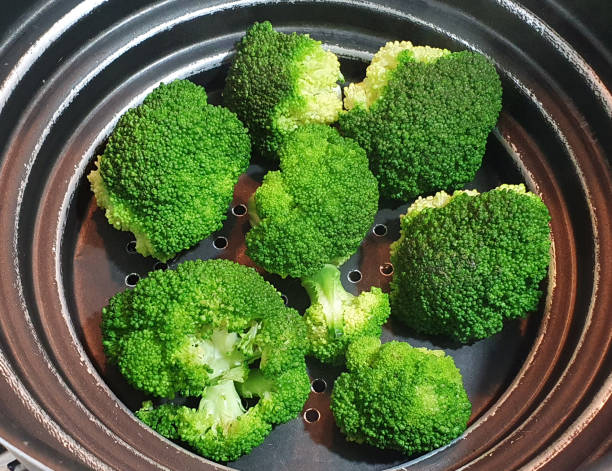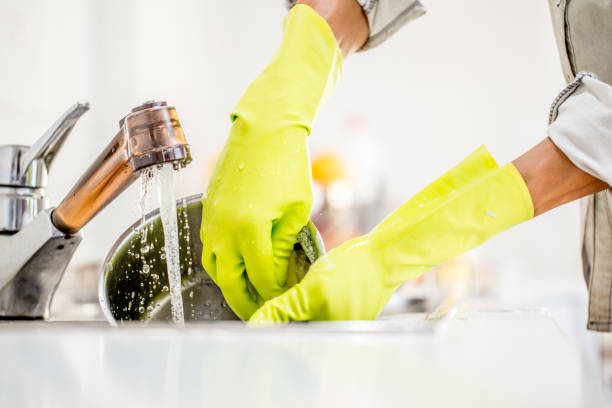Lots of useful tips and home remedies for caring for your hair in winter. In the cold season, the hair is exposed to great strain, because in addition to the cold air outside, there is also the warm air from the heating. There is a risk of hair becoming dry and brittle and, in the worst case, split ends. In the wintertime, in particular, intensive care is now necessary to protect the hair effectively so that it remains beautiful and well-groomed in the long term.
Use mild hair shampoo

Particularly warm living spaces ensure that the hair is deprived of moisture and thus dries out. When washing your hair, you should therefore use a very mild shampoo. Preferably one that is enriched with oil and definitely has a low PH value. When applying, the scalp must be thoroughly and intensively massaged, as this is where dead skin particles are often deposited.
Cold mineral water
It is also very helpful not to rinse your hair with normal tap water afterward, but to use common mineral water instead. This has a great advantage that there is no lime and the hair does not become dull. Never use hot water when rinsing your hair, as this can remove important fat and the hair will lose its shine. Lukewarm water is best, as this avoids this unsightly effect. Do not dry with a hairdryer at the highest setting, as strong heat can also cause damage here.
Do a hair treatment
A hair treatment is particularly helpful for very brittle and dry hair. A banana can be mashed and mixed with olive oil (about a teaspoon). Due to the fat content of the oil, the hair gets a protective layer. For this, it is necessary to distribute the created treatment in the hair and let it work. The whole thing should take about 10 minutes and can then simply be rinsed out with water. During the hair treatment, a warm and slightly damp towel should be wrapped around the hair. During the exposure time, the active ingredients can be absorbed much more into the hair tissue. You should definitely avoid smoothing with an iron later on.
Don’t rub your hair dry
Under no circumstances should the hair be rubbed dry or rubbed after washing, as this can roughen the skin layer. On the other hand, it is much better to dry out the long hair completely with the help of a towel. It is also a big mistake to comb your hair before you actually blow dry it. This puts particular strain on the hair. A drying process must first be carried out on the head before you can start combing your hair.
If possible, the blow-drying process should be short, because the heat only puts unnecessary strain on the hair. If possible, it is best to avoid it completely, because hair can also dry very well in the air. If there are dry ends, they can be made supple again with olive oil, and they should be trimmed at regular intervals when you visit the hairdresser. As a result, they stay healthy longer and do not become shaggy.
Hair looks electrifying

Especially in the wintertime, the hair suffers from constant cold or very dry room air and can quickly stand on end. A conditioner can help to remedy this. Glycerine or shea butter with special substances are also suitable. An ionic hair dryer should be used to prevent the hair from being charged. But a hairbrush with gold plating is also very helpful. However, it must be noted that the hair should not be combed when it is cold, but only wait until it has reached room temperature.
Scarves and woolen hats are popular in winter, but these are not very good for the hair because they create friction and the hair can break more easily. A silk or satin scarf, which must lie under the hat, can help.

